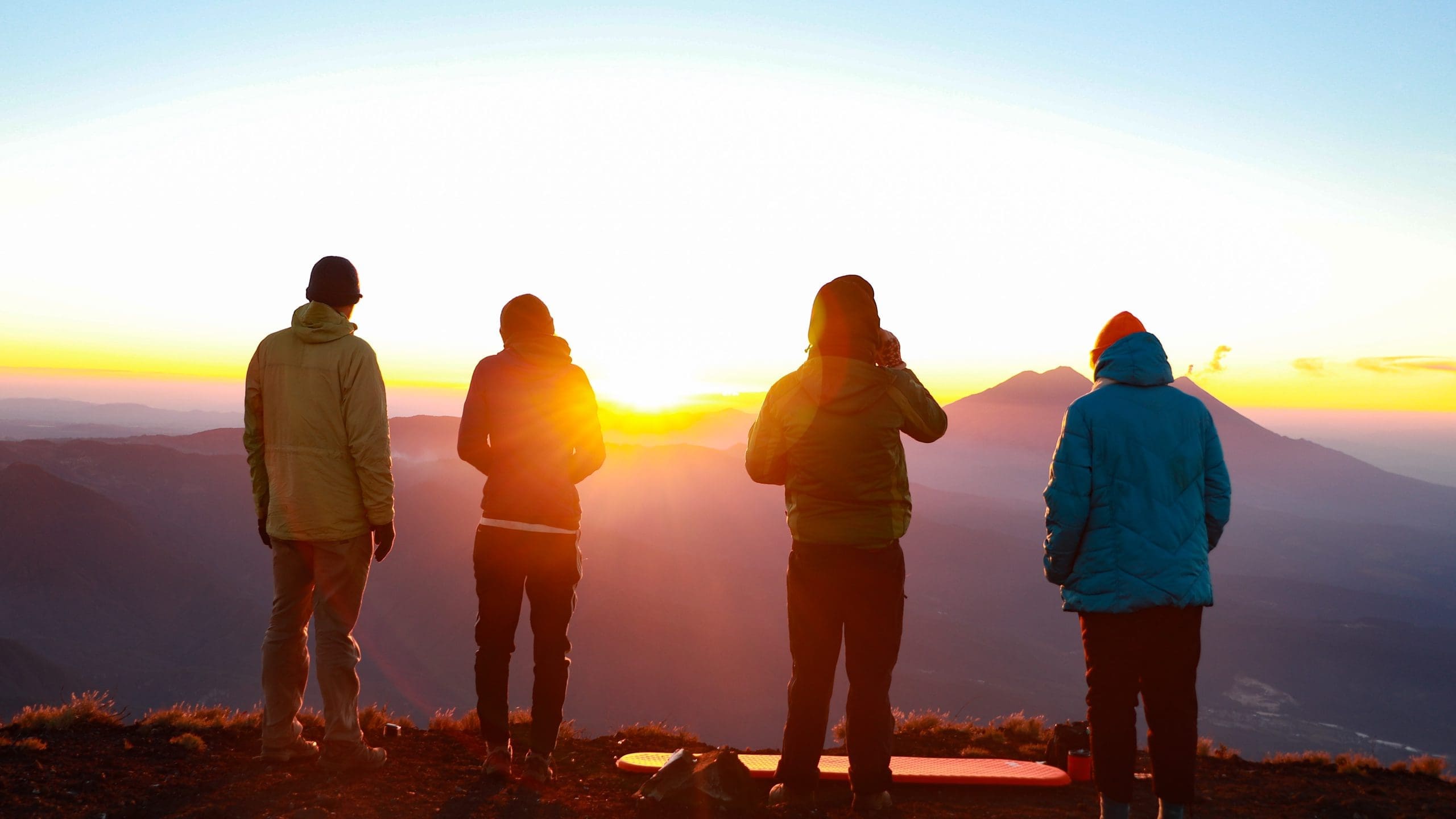Theraputic Massage in Lake Atitlan Resort
Pamper yourself with a theraputic massage at Los Elementos Day Spa. Enjoy a massage with th...
Have you ever wondered what makes trekking different from hiking? In this blog, we’ll delve into the definitions of these popular outdoor activities, highlighting their unique characteristics and what sets them apart.
We’ll also explore the essential equipment needed for multi-day hikes, offering practical advice for beginners. Whether you're looking to start with day hikes or ready to take on more challenging treks, we’ll provide tips and insights to help you prepare.
Trekking is a long, vigorous hike in a wild natural environment for multiple days, often off hiking trails.
It involves walking or hiking through rugged terrain, requiring physical fitness and mental preparation.
Trekking is a more adventurous and demanding activity than hiking, with a goal or destination in mind.
World-famous trekking routes include the Everest Base Camp trek, Annapurna Circuit Trek, and Langtang Valley Trek.
The terms have different meanings, but the definitions are similar.
Hiking is a casual single-day hike or a multi-day hike, usually beginner-friendly and not too strenuous.
Trekking is a more strenuous activity that involves walking off trails and taking on more challenging terrains and ascents.
Hiking is a broad term that can be used in many different situations, while trekking is a more specific term that implies a longer, more challenging journey.
Hiking trails are designed for day hikes, while trekking involves venturing into the wilderness. Natural environments might include forests, mountains, and deserts.
Trekking involves multi-day journeys, often taking several weeks, with camping along the way.
Treks can be challenging, requiring physical and mental effort, with steep slopes and rough terrain.
The duration and challenge level of a trek depends on the location and conditions.
Trekking takes place in wild natural environments, often off hiking trails, requiring a good level of physical fitness and mental preparation.
Treks involve walking through various difficult terrains, exposing trekkers to harsh weather conditions or challenging environments.
Beginners can still undertake treks with training and a guide.

When planning a trek, the equipment you need will vary based on several factors such as terrain, accessibility, sustenance requirements, weather conditions, and your physical needs. These considerations are crucial to ensure safety, comfort, and preparedness for any situation that may arise during your trek.
Good quality hiking boots with ankle support are essential for any trek.
They provide stab
ility and protection on uneven and rough terrains, reducing the risk of injuries. Look for boots that are waterproof and breathable to keep your feet dry and comfortable in various weather conditions.
Plus, you’ll also want to bring:

Trekking enhances physical fitness by involving prolonged walking on challenging terrains, which boosts cardiovascular health and burns calories. It also strengthens various muscle groups, especially in the legs, and engages core muscles for balance. Consistent trekking leads to overall fitness improvement and a stronger, more resilient physique.
Regular trekking elevates the heart rate, promoting better circulation and stronger heart muscles, reducing the risk of heart disease. It also helps maintain healthy blood pressure levels by improving blood flow and reducing pressure on arterial walls. Incorporating trekking into a routine supports cardiovascular health and lowers heart-related ailments.
Walking in nature during trekking provides a calming environment, reducing stress and anxiety. The rhythmic nature of walking and serene surroundings encourage mindfulness, clearing the mind and improving mood. Regular trekking releases endorphins, enhancing overall mental well-being and emotional balance.

Begin with day hikes to build stamina and experience. Once comfortable, transition to overnight hikes for more advanced trekking. Gradual progression helps you adapt to longer distances and camping requirements.
Purchase sturdy hiking boots, moisture-wicking clothing, a reliable backpack, and a rain jacket. High-quality gear enhances comfort and safety, preventing blisters and keeping you dry. Proper equipment ensures a more enjoyable trekking experience.
Participate in guided tours to learn essential skills and gain confidence. Experienced leaders provide valuable knowledge on navigation, camping, and the local environment. Group trekking offers security and camaraderie for beginners.
Hire a guide for expertise on the area, history, and wildlife, ensuring a safe trek. Porters can carry heavy gear, reducing physical strain and enhancing enjoyment. This support is particularly helpful on challenging or longer treks.

Our favorite hikes are within the lesser-known mountain range in Central America known as the Central American Volcanic Arc.
This range extends from southern Mexico through Guatemala, El Salvador, Honduras, Nicaragua, and into northern Costa Rica. It is characterized by numerous active and dormant volcanoes known as the “Pacific Ring of Fire”.
The area’s most famous hike is the Acatenango volcano hike. Hiking the Acatenango Volcano is a two-day experience with a 3,976-meter summit (13,041 feet) where jaw-dropping views await you. But it is no ordinary view. You’ll see an actively erupting volcano with lava spewing every 10 minutes, all of which you can observe from a safe viewing distance at the base camp of Acatenango. It's one for the bucket list!
Check out the Acatenango hiking tour with Kayak Guatemala.
[caption id="attachment_2409" align="alignnone" width="1510"] Hiking the Acatenango Volcano in Guatemala[/caption]
Hiking the Acatenango Volcano in Guatemala[/caption]
Guatemala is a hiker's paradise that strikes the perfect balance between adventure and natural splendor. Picture this: winding trails through cloud forests, with mist-kissed treetops creating an almost mystical atmosphere. Add to that the drama of volcanoes punctuating the landscape, offering a hike with a view like no other.
If you’re ready to start planning your trip to Guatemala then this guide to Guatemala’s hiking tours will help you explore the various hikes on offer. Check out our full range of tours here.
For more help with planning your trip to Lake Atitlan, check out our "Top Tours & Things To Do In Lake Atitlan" guide or our Guatemala 7-day itinerary for families.
[caption id="attachment_3043" align="alignnone" width="1200"] Hiking Volcan Atitlan in Guatemala[/caption]
Hiking Volcan Atitlan in Guatemala[/caption] 